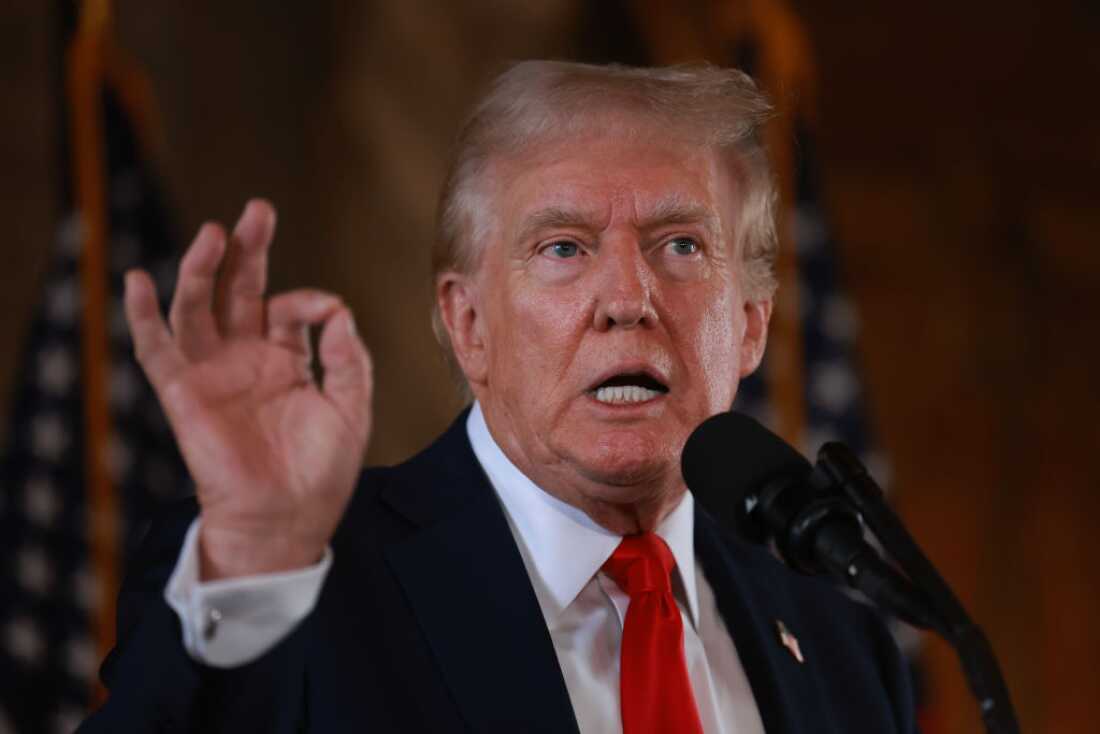Recent economic figures from the United States indicate that inflation is increasing again, leading to uncertainty right before decision-makers reveal their forthcoming actions regarding interest rates.
The topic of inflation has dominated the financial landscape in recent years, and the most recent figures suggest that the challenge is far from over. For many households, businesses, and investors, the increase in consumer prices signals a continuation of financial strain at a time when borrowing costs are already at their highest levels in decades. The upcoming decision by the Federal Reserve on interest rates has gained even greater importance as economists, markets, and political leaders weigh the potential consequences of continued monetary tightening or a pause to provide relief.
Increasing inflation impacts almost every facet of daily living, from supermarket expenses to home loan installments, and it stands out as one of the key influences on economic stability. Therefore, the role of the Federal Reserve goes beyond responding to the current figures; it also involves predicting how ongoing inflationary trends may change and how the overall economy will handle forthcoming changes. The rise in prices at this point indicates not just ongoing supply chain interruptions and energy expenses, but also sustained demand that keeps posing challenges to efforts aimed at stabilizing the economy.
The factors behind the inflation rebound
Understanding why inflation has risen again requires an examination of both domestic and global drivers. Energy markets, for instance, continue to play a defining role, with oil price fluctuations and geopolitical tensions adding volatility. When fuel and transportation costs climb, they ripple through supply chains, making everything from food production to consumer goods more expensive.
At the same time, housing remains a powerful contributor. Rental prices and the cost of purchasing a home have risen sharply, largely due to limited supply and strong demand, despite higher borrowing costs. Even as mortgage rates discourage some buyers, the competition for available housing keeps prices elevated, adding significant weight to inflation indexes.
On the global stage, trade dynamics, shipping costs, and political uncertainty all play into the inflation picture. Conflicts in certain regions and tensions among major economies create disruptions that feed into domestic price increases, highlighting how interconnected the U.S. economy is with global markets.
Federal Reserve’s dilemma
The central bank of the United States is currently dealing with one of its trickiest choices. For a considerable time, it has implemented stringent measures by increasing interest rates to curb rising prices. More expensive loans have affected specific sectors of the economy, notably the real estate market and corporate investments; however, inflation still surpasses the 2% goal set by the Federal Reserve. The recent rise in inflation adds complexity to the future forecast.
Si el Federal Reserve incrementa las tasas nuevamente, corre el riesgo de acercar más a la economía a una desaceleración, con el aumento del desempleo y una disminución del gasto de los consumidores como posibles consecuencias. No obstante, si opta por mantener las tasas estables o recortarlas anticipadamente, la inflación podría aumentar aún más, socavando la confianza del público en la capacidad de la institución para gestionar la estabilidad de los precios.
Financial markets are closely watching the Fed’s every move. Investors know that interest rate decisions not only affect stock and bond valuations but also determine the cost of capital for businesses and consumers alike. Currency markets are also influenced, as rate hikes tend to strengthen the U.S. dollar, with global implications for trade and investment flows.
The trustworthiness of the Federal Reserve is on the line. Having highlighted its dedication to managing inflation, the organization now needs to demonstrate that its strategies are successful without causing needless economic hardship. The decision it takes will have effects beyond financial sectors, influencing political discussions, consumer trust, and the worldwide view of U.S. economic leadership.
Implications for households and businesses
For ordinary Americans, rising inflation means tighter household budgets and more difficult financial decisions. Groceries, utilities, and transportation costs eat up a larger share of incomes, while higher interest rates make mortgages, car loans, and credit card debt more expensive. The double pressure of higher prices and increased borrowing costs leaves many families with limited flexibility, forcing them to cut back on discretionary spending or delay major purchases.
Businesses also encounter a challenging scenario. Firms need to manage rising production costs while striving to sustain profits. Transferring these expenses to consumers might result in losing clientele, whereas absorbing them internally diminishes profit margins. Small and medium-sized businesses, specifically, face difficulties due to constrained resources and less advantageous financing opportunities compared to major corporations.
Still, certain sectors gain advantages in inflationary times. Energy corporations frequently experience increased income when fuel prices rise, whereas specific tech and consumer product companies successfully capitalize on demand even amidst climbing expenses. The varied influence of inflation on different industries highlights the intricate and diverse essence of this challenge.
For international partners, U.S. inflation and the Federal Reserve’s response have global consequences. Higher U.S. interest rates attract investment, strengthening the dollar but making it harder for emerging economies to manage their own debt burdens. Countries that rely heavily on dollar-denominated borrowing face increased pressure, while exporters to the U.S. must adapt to shifting demand dynamics.
What’s coming next
In the future, the direction of inflation and interest rates will hinge on a sensitive balance between economic signals and policy actions. Should inflation persist longer than anticipated, the Federal Reserve might have to maintain higher rates for a prolonged time, even if it means sacrificing economic growth. Conversely, if inflation shows substantial easing, there might be an opportunity for gradual rate reductions, but only with solid proof that the chances of a resurgence are low.
The broader question remains whether the U.S. economy can achieve a “soft landing”—a scenario in which inflation falls without triggering a severe recession. Policymakers, investors, and citizens alike hope for this outcome, but history suggests that managing such transitions is exceptionally challenging. The coming months will provide crucial insight into whether the U.S. economy can withstand the pressures of high inflation and restrictive monetary policy while maintaining growth and employment.
The persistence of inflation ahead of the Federal Reserve’s key interest rate decision underscores the ongoing uncertainty in the global economy. For Americans, the issue is not abstract—it is felt in everyday purchases, loan payments, and savings accounts. For policymakers, it is a test of judgment and balance. For the world, it is a reminder of how the U.S. economy’s trajectory influences markets and financial systems everywhere. The next decision on interest rates will therefore not just be a domestic policy move but a signal to the world about the future direction of the global economy.





